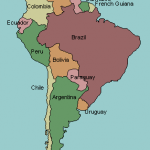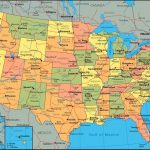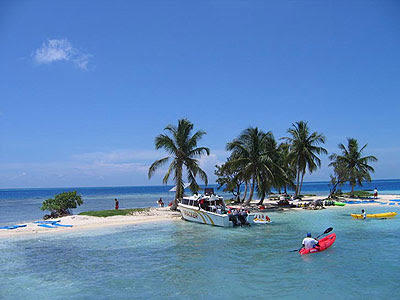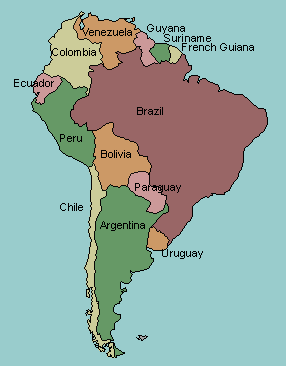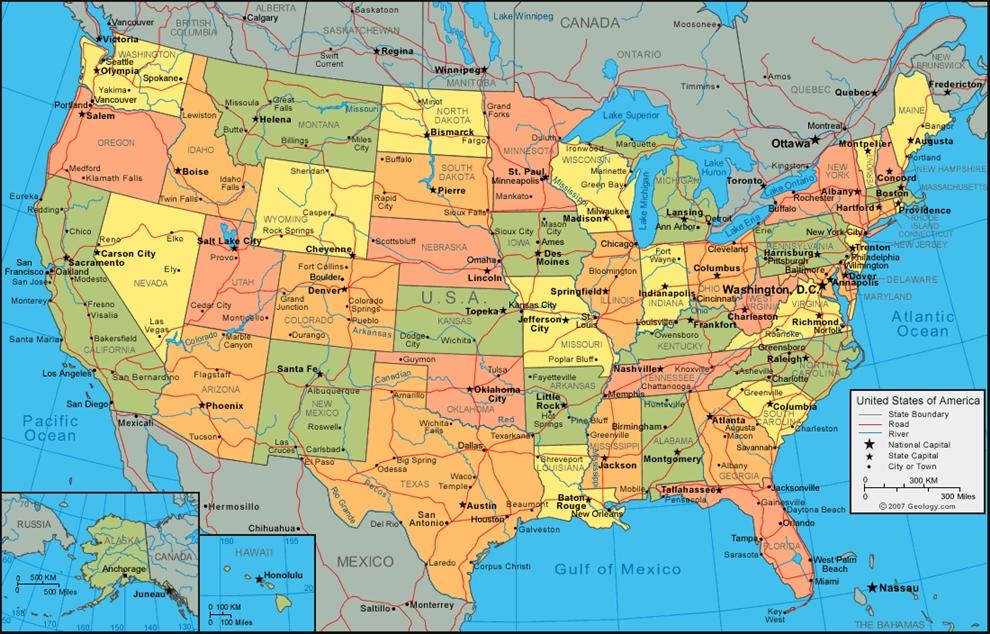American Population and Demographics
At the end of the sixteenth century, encouraged by the colonization of Ireland, England was interested in extending its reach. Another factor was that war
with the Spanish and the expenses associated with colonizing Ireland had left the realm financially depleted.
Following the example of the French and Spanish, England subcontracted the work of colonization to a few highly motivated promoters, who became
known as the West Country Men. These men included Sir Richard Grenville, Sir Francis Drake, and Sir Walter Raleigh, among others. The West Country
Men secured investment by drawing attention to the serious problem of overpopulation that was plaguing England, especially the urban centers, at the
time. England’s population was 3 million in 1500, 4 million in 1600, and 5 million by 1650.
The constantly expanding gap between rich and poor, encouraged by critical legislation like the enclosure acts, which forced thousands of subsistence
farmers into poverty and ultimately into the urban centers in an effort to find work, frightened the wealthy (a mere 5 percent of the population). The West
Country Men sold the colonization plan on the basis of the theory that this growing population of poor people might well create problems that could not be
controlled by legislation. Additionally, colonization would provide opportunity for all, while simultaneously lifting England’s financial burdens by sending the
poor overseas.
Early English colonization efforts also involved the West Indies. Two of the most pivotal settlements in the New World, however, were the Massachusetts
Bay Colony and the Chesapeake Bay Colony, both of which continue to influence population distribution in America to this day.



